We All Have Demons
When emotional weight becomes too much to name, sometimes the best place to face it is your sketchbook. In an age where journaling and therapy apps abound, visual expression remains one of the most direct routes to inner clarity. Draw Your Own Demons isn’t just a metaphor—it’s a guided invitation to externalize the inner world through lines, shapes, and intuitive marks. This process doesn’t require artistic mastery. It requires honesty, patience, and space.
In this article, we’ll explore how using your sketchbook as a tool for psychological self-help and introspection can offer relief, healing, and a deeper sense of self-awareness.
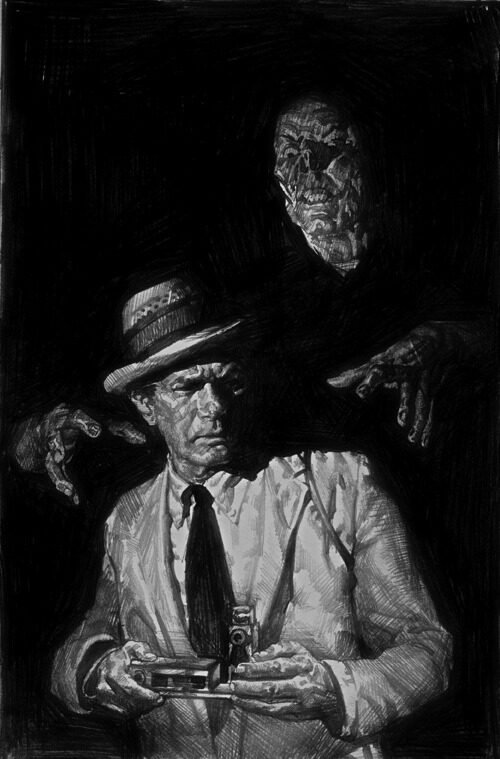
credit: EMGIST
Why Use a Sketchbook for Self-Help?
Unlike written journaling, sketchbook work can bypass the overactive mind and speak from the subconscious. Drawing internal states or personifying emotional struggles—your “demons”—creates a visual conversation between you and your psyche. It:
- Releases tension without requiring words
- Helps make abstract emotions visible and manageable
- Offers a nonverbal method of reflection
- Encourages a consistent introspective habit
This approach turns creative practice into mental health maintenance. It’s a quiet rebellion against suppression.
What It Means to “Draw Your Own Demons”
Your “demons” might be:
- Anxiety in the shape of tangled lines
- Shame embodied as heavy, dark forms
- Grief floating like mist on a page
- Resentment with sharp corners and aggressive strokes
There’s no right or wrong depiction. The act of turning feelings into form gives you enough distance to reflect objectively—without invalidating the emotion. These drawings become visual metaphors, grounded in your lived experience.
Sketchbooks.org | VISUAL RESEARCH HUB
Draw Your Demons Self-Help
Visual research is critical for any creative endeavor. We have compiled specialized links to lead you directly to images, videos, and inspiration for "Draw Your Demons Self-Help" across the web's best visual search platforms.
Getting Started with Emotional Sketching
To begin, set up your sketchbook as a private, judgment-free zone. Use tools that don’t intimidate you—soft pencils, ink pens, charcoal, or even watercolors. Then try one of the following prompts:
- Draw the shape of your current emotional state.
- Sketch a conversation between two conflicting parts of yourself.
- Visualize an inner critic or anxious thought as a creature.
- Create a mask for what you hide from others.
Don’t worry about quality. This is about process, not product.
Symbolism and the Subconscious
The subconscious often speaks in symbols. Over time, recurring elements may emerge—eyes, cages, spirals, shadows. Noticing these motifs can help identify patterns in your emotional landscape.
- Colors: Reds may show anger or urgency. Blues can soften or soothe.
- Textures: Scratchy lines might suggest internal noise; flowing ink may reflect acceptance.
- Composition: Placement on the page can hint at how central or peripheral the feeling is.
Let your intuition guide you, and try not to edit your emotional truth into something more “palatable.”
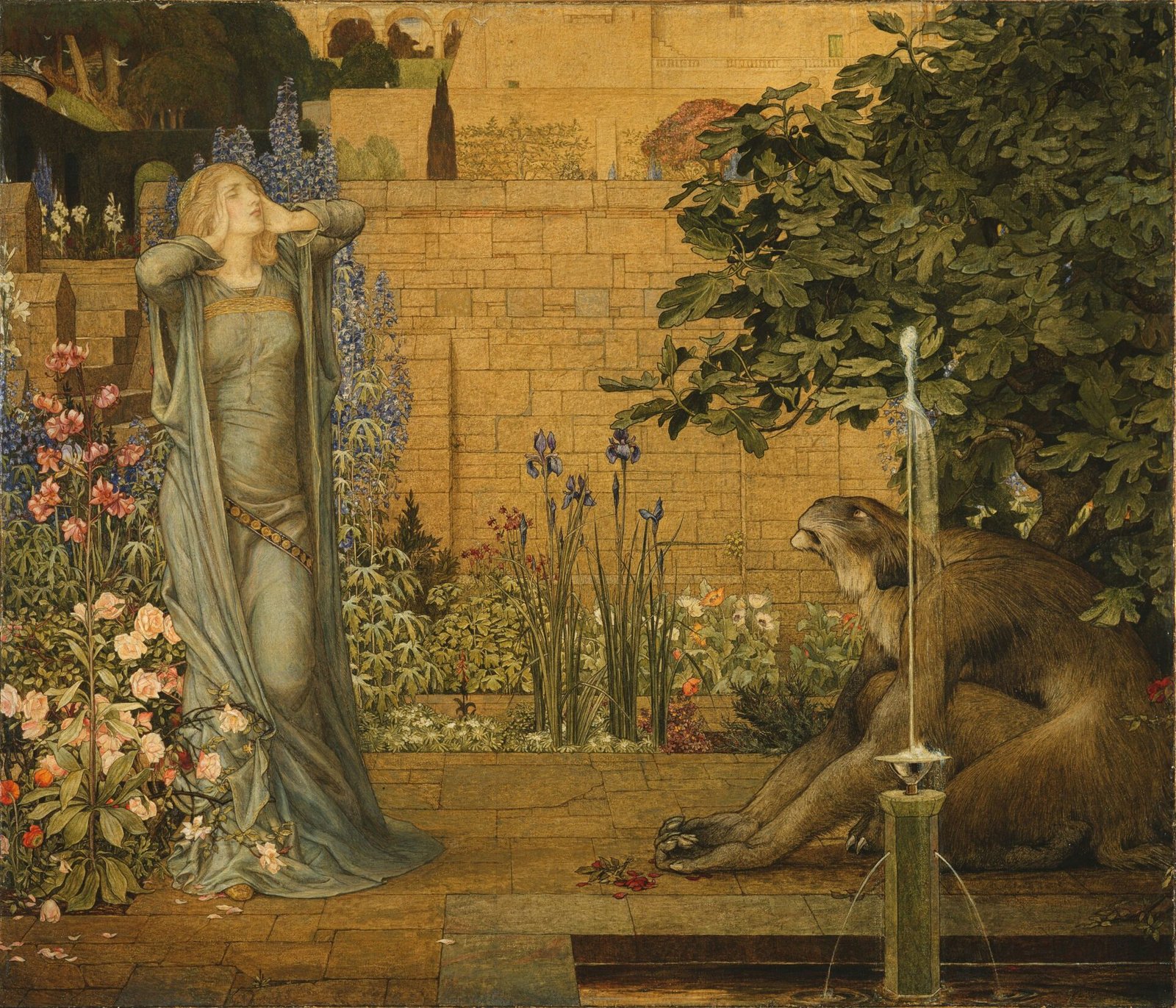
Sketchbook Boundaries and Emotional Safety
Visual introspection is powerful—but intense. Set gentle boundaries to maintain emotional safety:
- Time limits: 15–30 minutes is usually enough to process without overwhelm
- Physical rituals: Light a candle, sip herbal tea, or play calming music
- Integration: Journal briefly after each session about what came up
- Storage: Keep these pages private unless you feel safe sharing
This kind of work can stir up old pain or trauma, so be kind with your pace and seek professional guidance if needed.
Turning Inner Demons Into Dialogue
Over time, your demon drawings may evolve from something scary into something familiar—even helpful. Adding speech bubbles or writing imagined dialogues can humanize the image and create a new internal narrative. Try asking your sketch:
- What do you want me to know?
- What are you protecting me from?
- What do you need right now?
You might be surprised by the answers that emerge when art becomes a mirror.
Reclaiming Control Through Creative Expression
When you give shape to what haunts you, you shrink its power. Drawing your demons places you in the role of observer, not victim. It reclaims authorship over your internal world—and that is profoundly healing.
This practice promotes:
- Emotional regulation
- Mindfulness and present-state awareness
- Self-compassion and resilience
- A lasting sense of creative agency
When you hold the pen, you also hold the narrative.
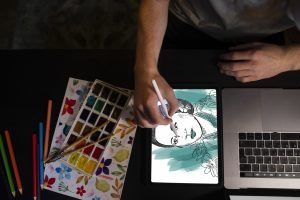
Sketchbooks.org | DIGITAL MATERIALS
Best Adobe Sketching Software for Digital Drawing & Illustration | Tools & Features
Adobe has revolutionized the digital art space with powerful software designed for sketching, drawing, and illustration. Whether you're an aspiring artist or a seasoned professional, Adobe's tools offer seamless workflows, advanced brushes, and AI-powered enhancements...
Frequently Asked Questions
Do I need to be good at drawing to benefit from this practice?
Not at all—the process is about expression, not skill.
Can drawing demons make emotions worse?
Sometimes emotions intensify temporarily, but with boundaries, it leads to clarity.
How often should I do this sketchbook practice?
Start with once a week and adjust based on your emotional rhythm.
Should I keep or destroy these sketches?
That’s up to you—some keep them as markers of growth; others release them symbolically.
Is this similar to art therapy?
It shares common elements but is self-directed, not guided by a licensed therapist.
What if I’m scared of what might come up?
Work slowly, set limits, and seek support—facing fear through creation builds resilience.
Can I combine this with writing or poetry?
Absolutely—layering visual and verbal expression deepens the introspective process.
What tools work best for this kind of sketching?
Simple, expressive tools like graphite, ink, or soft pastels invite raw honesty.
Final Thoughts
Draw Your Own Demons is more than a sketchbook title—it’s a radical invitation to meet yourself on the page. When you externalize fear, anxiety, or grief through image-making, you don’t just “get it out.” You illuminate it. You name it. And through that intimate confrontation, you soften it.
In a culture that encourages repression or polished versions of pain, this practice does the opposite: it honors complexity, embraces shadow, and empowers you to rewrite the emotional story with line, form, and presence. Let your sketchbook be both sanctuary and stage—a place where your inner world gets the audience and empathy it deserves.
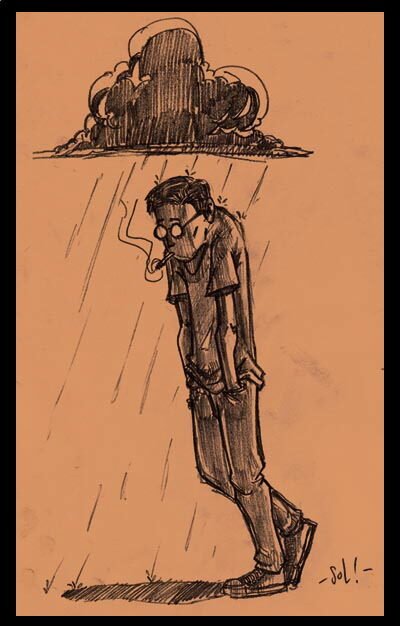
credit: SOL
Ready to Share Your Work?


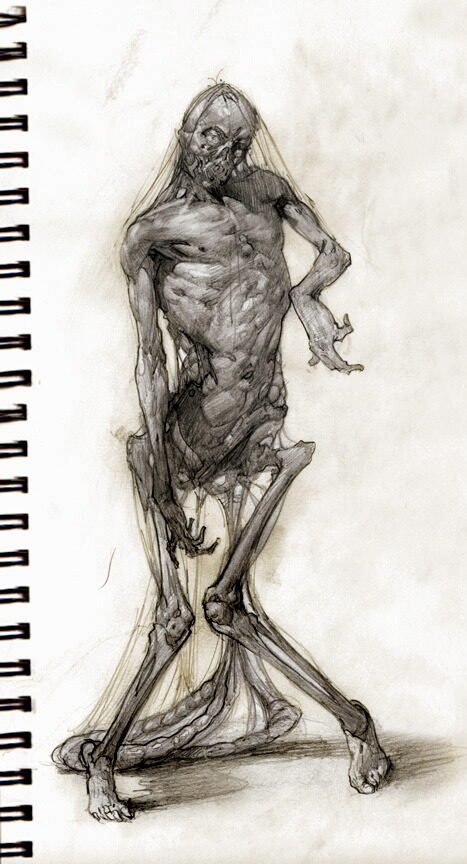
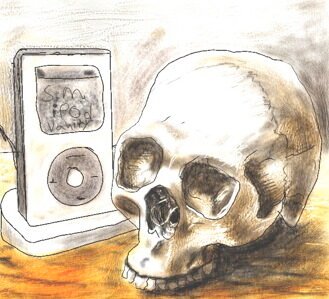




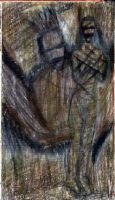



The idea of naming emotions through visual metaphor is dynomite
so freeing
So frightening more like. Some of these sketchbooks give me the creeps.